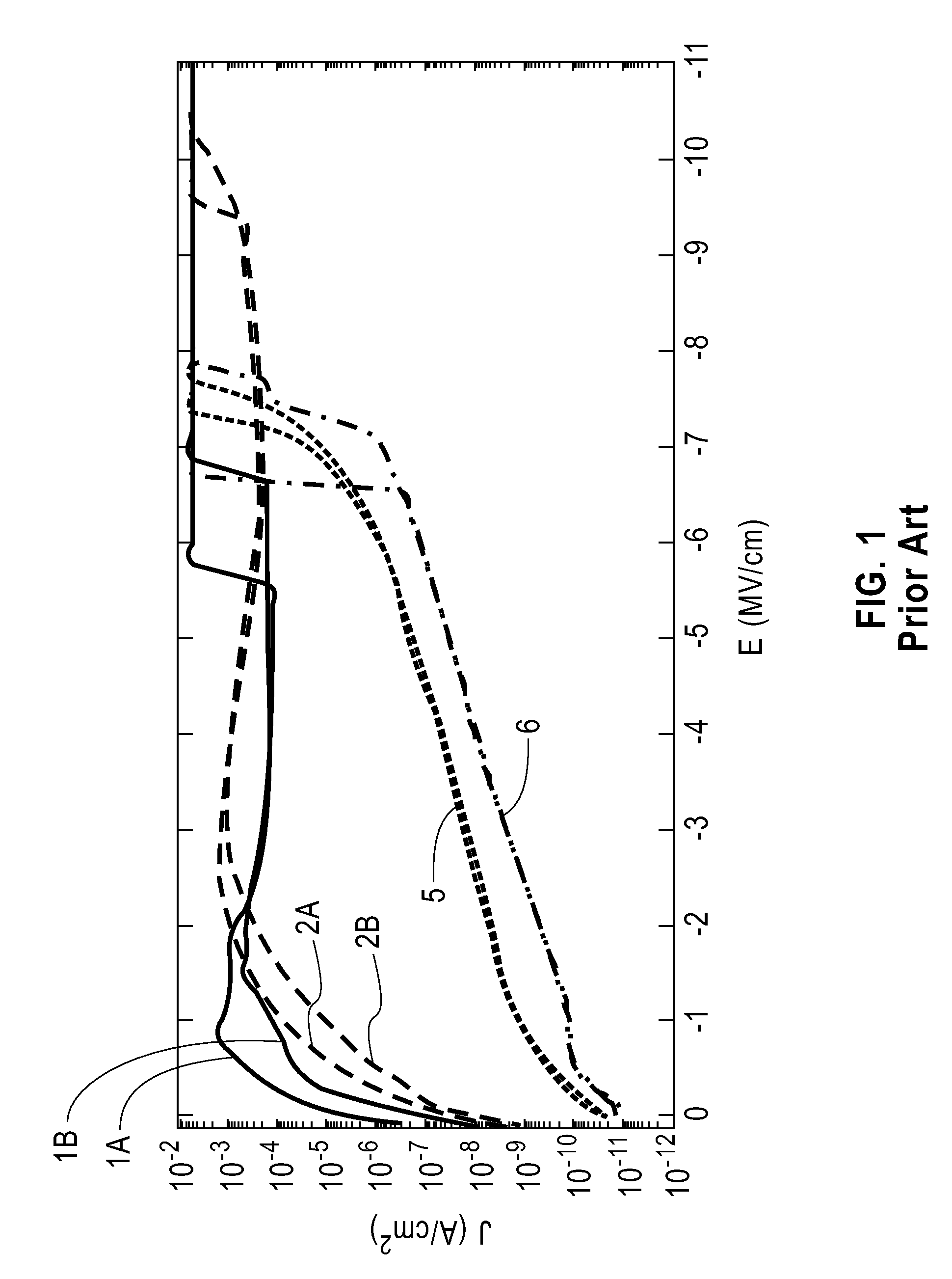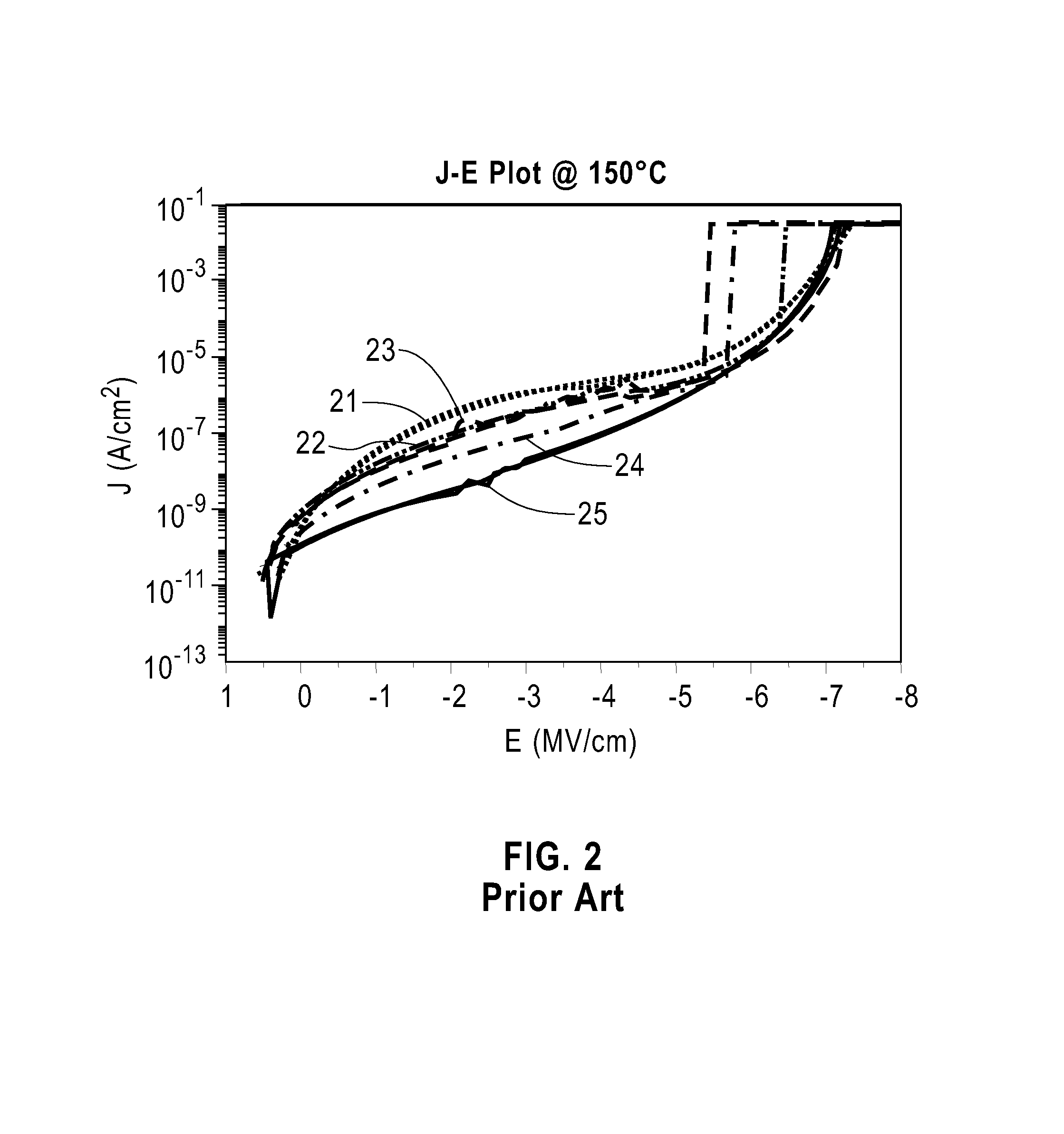Reliable BEOL integration process with direct CMP of porous SiCOH dielectric
a technology of porous sicoh dielectric and integrated circuit, which is applied in the direction of electrical apparatus, semiconductor devices, semiconductor/solid-state device details, etc., can solve the problems of affecting the overall chip performance, hm erosion and polishing potential, and affecting the reliability of prior art structures, so as to improve the reliability of porous ulk dielectric, reduce the conductivity, and improve the effect of reliability
- Summary
- Abstract
- Description
- Claims
- Application Information
AI Technical Summary
Benefits of technology
Problems solved by technology
Method used
Image
Examples
first embodiment
[0042]Reference is made to FIGS. 5A-5E which illustrate the processing steps of the first embodiment of the present invention for fabricating a reliable BEOL interconnect structure. Specifically, FIGS. 5A-5E shows cross sectional views of the interconnect structure through the various processing steps.
[0043]The first embodiment of the present invention, as shown in FIG. 5A, begins by first forming a ULK dielectric material 12 on a surface of a substrate 10. The term ‘substrate’ is used in the present application to include a semiconducting material, an insulating material, a conductive material or any combination thereof, including multilayered structures. Thus, for example, substrate 10 can be a semiconducting material such as Si, SiGe, SiGeC, SiC, GaAs, InAs, InP and other III / V or II / VI compound semiconductors. The semiconductor substrate 10 can also include a layered substrate such as, for example, Si / SiGe, Si / SiC, silicon-on-insulators (SOIs) or silicon germanium-on-insulators ...
second embodiment
[0073]In addition to the embodiment described above and illustrated in FIGS. 5A-5E, the present invention also contemplates a second embodiment in which the UV exposure step described in the first embodiment is replaced with a step of exposing the CMP processed ULK dielectric 12 shown in FIG. 5C to a chemical repair step including, for example, silylation. When silylation is employed a compound that is capable of silylating the CMP processed ULK dielectric such as a silane is employed. In this embodiment, gradient layer 12A is a hydrophobic surface such as a silylating surface that reacts with the Si—O groups formed during CMP. The hydrophobic surface can be formed by spin-on coating or a supercritical CO2 tool.
third embodiment
[0074]The present invention also provides a third embodiment which is similar to the first embodiment except that an additional UV exposure step is performed though the capping layer 24. Hence, in the third embodiment of the present invention, the structure shown in FIG. 5E is first provided as described above in the first embodiment, and then an additional UV exposure step using the same or different conditions as the UV exposure step in the first embodiment is employed. Note that the UV exposure process used in this embodiment must penetrate through the capping layer 24. In this embodiment, any plasma damage caused by the PPFCC step is repaired.
[0075]Of the various embodiments mentioned above, the first and third embodiments are preferred. Although the first and third are preferred over the second, each of the three embodiments provides an interconnect structure that is more reliable and has a lower conductivity between conductive layers, e.g., Cu lines, than the interconnect stru...
PUM
| Property | Measurement | Unit |
|---|---|---|
| dielectric constant | aaaaa | aaaaa |
| temperature | aaaaa | aaaaa |
| temperature | aaaaa | aaaaa |
Abstract
Description
Claims
Application Information
 Login to View More
Login to View More - R&D
- Intellectual Property
- Life Sciences
- Materials
- Tech Scout
- Unparalleled Data Quality
- Higher Quality Content
- 60% Fewer Hallucinations
Browse by: Latest US Patents, China's latest patents, Technical Efficacy Thesaurus, Application Domain, Technology Topic, Popular Technical Reports.
© 2025 PatSnap. All rights reserved.Legal|Privacy policy|Modern Slavery Act Transparency Statement|Sitemap|About US| Contact US: help@patsnap.com



